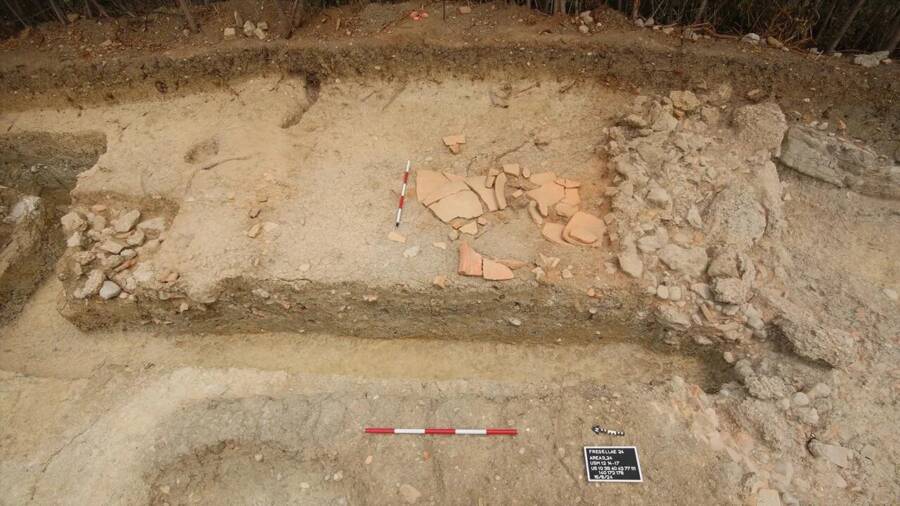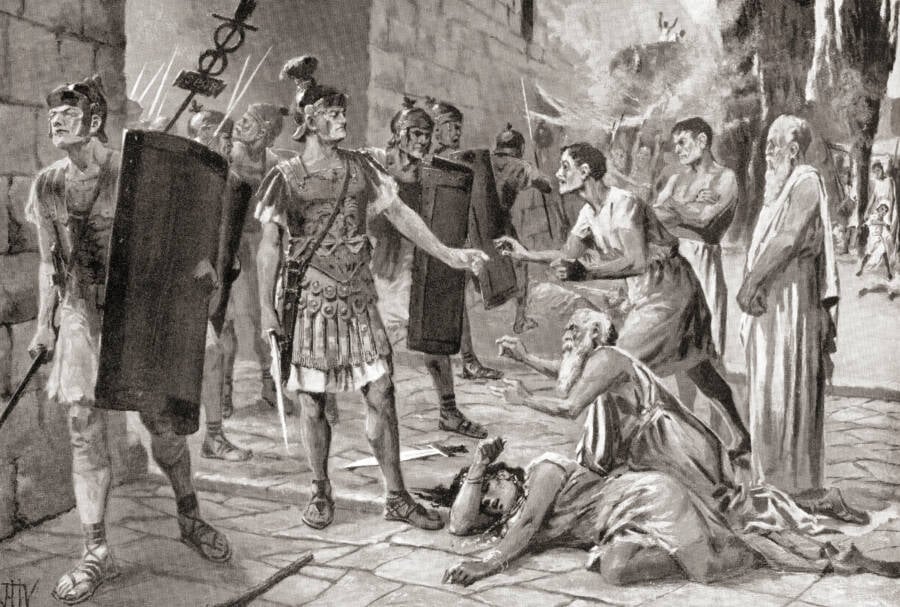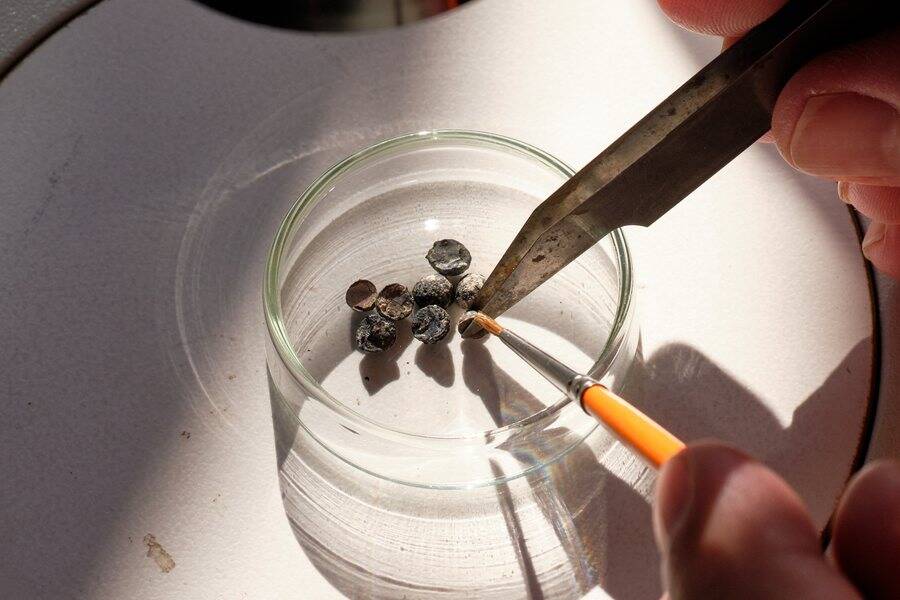In 125 B.C.E., the ancient city of Fregellae in modern-day Italy was destroyed when it rebelled against Rome. Now, archaeologists have uncovered evidence of this violent revolt, including fire-damaged structures, a military camp, and signs of economic devastation.

Dominik Maschek/LEIZARuins of the ancient city of Fregellae, founded in the 4th century B.C.E. and destroyed by Rome two centuries later.
Archaeologists from the Leibniz Centre for Archaeology (LEIZA) and the University of Trier have recently excavated the ancient city of Fregellae in Italy. Founded in the 4th century B.C.E., Fregellae is best known for its rebellion against Roman rule in 125 B.C.E., a revolt historians believe was sparked by Rome’s refusal to grant equal citizenship rights to the city’s people.
During the excavation, researchers found evidence of that rebellion, including a burned agricultural villa and remnants of a Roman military camp used to suppress the revolt.
At its height, Fregellae was an important agricultural hub, producing grain, wine, and fruit. However, the Roman assault severely damaged the city’s economy, leading to its abandonment for nearly two centuries. Future excavations aim to piece together the historical timeline of the rebellion and assess the long-term impact of the destruction on the region.
Archaeologists Excavate The Ancient City Of Fregellae And Find Evidence Of Rebellion

Dominik Maschek/LEIZAPottery shards and remnants of structures in Fregellae.
Between July 22 and August 19, 2024, researchers excavated the ruins of Fregellae, which sit in the Italian province of Frosinone between Rome and Naples. First excavated in the 1980s, the city of Fregellae contained murals, floor mosaics, houses, and public baths.
Records show that Fregellae was founded in the 4th century B.C.E. and played a role in the Roman conquest over the Samnites, an ancient Italic culture that lived in south-central Italy. The city then makes another appearance in the historical record in 125 B.C.E., when it revolted against ancient Rome.
“It is only mentioned in two or three sources,” Dominik Maschek, a professor of Roman archaeology at LEIZA and Trier University, told Live Science. “We hear about the siege, they tell us these people rebelled against the Romans, but we don’t know why.”
Historians assume that the rebellion was sparked by Rome’s refusal to grant Fregellae’s residents full Roman citizenship, denying them complete legal rights and ownership of land. Researchers have also uncovered historical documents naming Lucius Opimius, a praetor of the Roman Republic, as the commander of the assault on Fregellae.

Classic Image/Alamy Stock PhotoA painting by J.H. Valda showing the surrender of Fregellae to Lucius Opimius after the revolt.
The archaeological team has discovered several structures bearing marks of destruction from the rebellion, including a villa owned by local elites that was built around 205 B.C.E. The structure shows signs of both fire damage and looting.
Additionally, the team uncovered remnants of a nearby Roman military camp constructed to squash the rebellion. Covering an area of 295 by 469 meters, the camp featured defensive ramparts and ditches.
“This new information strengthens our picture of the Roman siege in 125 B.C.E.,” Maschek explained in a statement from LEIZA.
A Brutal Roman Assault Destroys Fregellae

Anton Ritzhaupt/LEIZAResearchers comb through pottery shards found at Fregellae.
Archaeological excavations of Fregellae have pointed to its importance as an agricultural hub. Near the elite villa, researchers have uncovered storage vessels and amphorae used to store grain and wine as well as seeds.
“The wine was probably not only produced for the local market. It is quite possible that it was traded within the Mediterranean trade network as far as Spain and France. The cultivation of grain and fruit, on the other hand, was certainly intended for the local market,” Maschek explained in the statement.

Anton Ritzhaupt/LEIZAResearchers analyze seed and plant remains found at Fregellae to learn about the area’s cultivation and trade of wine.
With the Roman assault on its fields and store houses, the city of Fregellae would have suffered extreme economic hardship.
“The violent destruction caused lasting damage to the entire economy of the region. The landscape remained uninhabited for over 170 years until the area was finally used as a waste disposal site. We have found numerous ceramic vessels dating to around 50 AD,” Maschek stated.
Next year, archaeologists plan to further investigate the site to reconstruct the historical timeline of the rebellion, as well as evaluate the full effects of war and the destruction of the city’s agricultural industry on the cultural landscape of the region.
After reading about the ancient razed city of Fregellae, dive into the story of why Rome fell. Then, read about Commodus, Rome’s most disastrous emperor.





